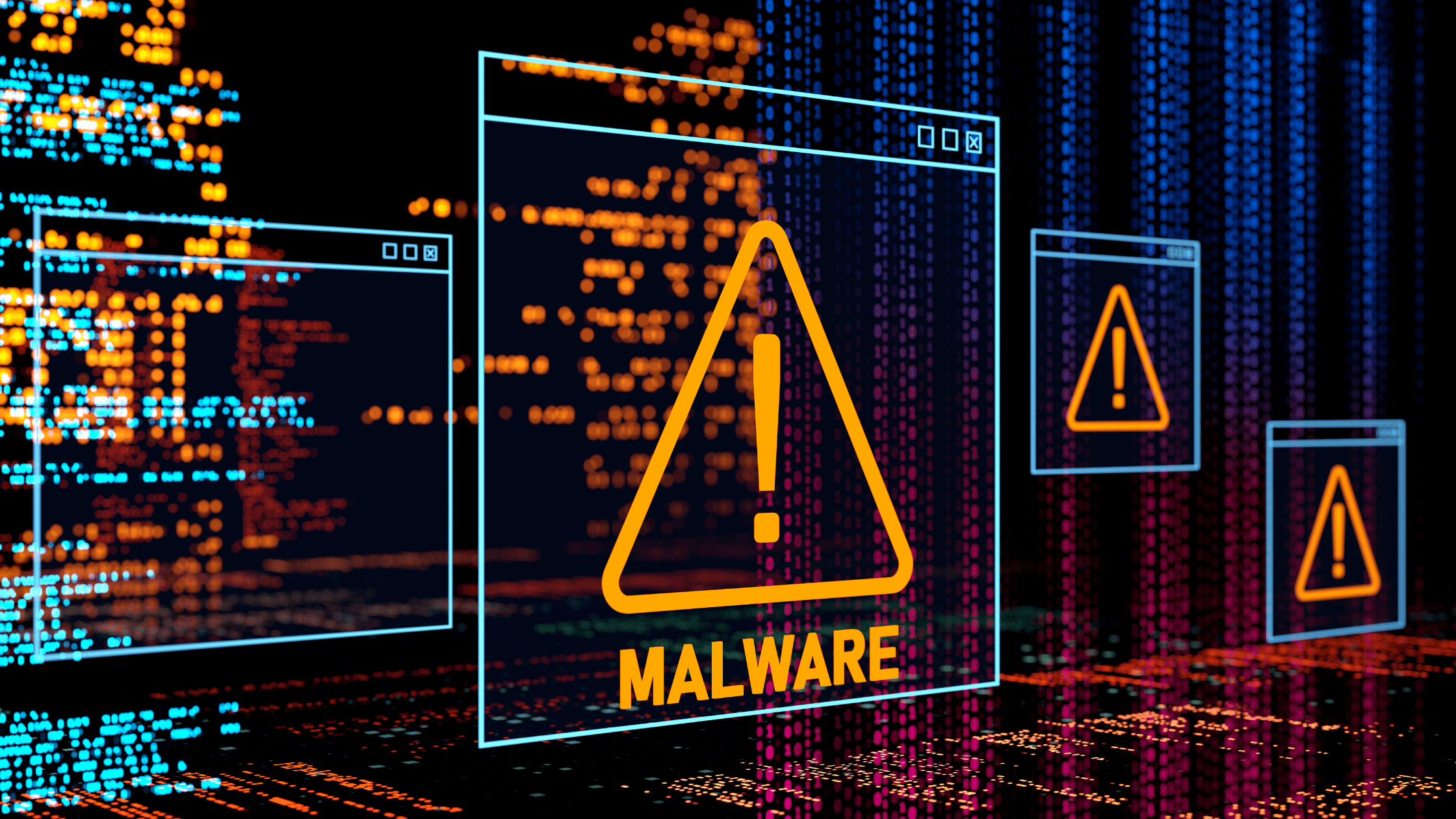The cybersecurity landscape is always changing. We’ve identified three categories of cyberattacks, but malware can be tricky to understand because it’s often used as a blanket term. In this article, we’ll detail the definition and offer some ways to keep yourself and your business protected.
What is Malware?
In short, a malware attack is a cyberattack where malicious software executes unauthorized actions on a system. The term malware encompasses many specific types of attacks, including, but not limited to, Trojan horses, worms, and viruses.
Malware isn’t just limited to cybercriminals. There have been instances where well-known businesses were accused of using malware. In fact, Russia has been using all types of attacks, including malware, to infiltrate, gain control, and potentially cripple Ukraine’s infrastructure.
Let’s look at two aspects of malware: objective and delivery.
Objective
As with any cyberattack, malware is deployed with an objective in mind. There are plenty of instances where the objective of the malware is to extort a business or individual for money.
But that objective isn’t always monetary. Sometimes, the attacker is hoping to disrupt operations for the simple goal of causing chaos. In other cases, the objective of the malware is to extract information.
Delivery
Because the term malware tends to be an umbrella term, there are many ways in which malware can infiltrate your system.
A trojan horse is a program that appears to be one thing but is a delivery system for malware. The trojan horse relies on the download of a program on a system, whether through user engagement or updates pushed to the device.
While we see this in user engagement—when a user downloads and runs something containing malware—a trojan horse can also be used to trick the computer into thinking it is running a normal process. But in fact, the computer is running something that is housing something else—just like the Trojan Horse this malware is named after.
Leveraging exploits in software to embed malicious code is extremely common. Recently, this can be seen in supply chain attacks: when a manufacturer pushes a firmware update to a device that has a malicious code in it, there will now be a backdoor into the system.
A virus is a self-propagating malware that infects other programs and files via code injection. The propagation through injection into existing software/data differentiates a virus from a trojan horse, as a trojan horse is built into one application.
A worm is a malware designed to propagate itself into other systems. Unlike trojan horses and viruses, a worm will actively infect other targets.
Malware prevention best practices
Malware attacks are constantly evolving, but there are some ways that you can help prevent them from succeeding or causing further damage.
Cybersecurity measures. Basic cybersecurity measures like antivirus software, multifactor authentication, and regular updates and patches can go a long way in preventing malware attacks.
User education. Training is always the best prevention tool when it comes to cybersecurity. Teaching users how to recognize and avoid malware by doing things like not downloading and running unknown software and identifying potential malware in things like phishing emails can be a big step in protecting an organization.
Periodic user training, unannounced exercises, and frequent reminders can help keep your team vigilant.
Bolstering your cybersecurity plan through things like email encryption or mobile device management can make your company even more secure.
Backups. Regular backups can be the difference between an easy recovery from a malware infection or frantic scrambling, usually involving costly downtime and data lost. The key is regular and frequent backups that can accurately restore your organization’s systems in the event of an attack.
Enlisting an MSP. Enlisting an MSP that is a security expert can handle all of the intricacies of preventing malware attacks for you, leaving you to focus on revenue-generating activities.
How Anteris can help
Malware wears many different hats. Trying to stay ahead of every threat can seem impossible.
At Anteris, security is a top priority. Our security services support your business and protect your data from outside threats, including malware.
We are lifelong learners who understand that cybersecurity is an ever-evolving process. Responding to cybersecurity threats requires us to assess, align, and act as threats continue to change.
Just like any solution for your business, cybersecurity isn’t a one size fits all concept. We pride ourselves on working with our Clients to strategize and implement the technology that will best protect their organization, whether that’s starting with the basics or building out a more robust plan.
While there is no guaranteed protection against threats, we observe best practices for recovery in the event of a successful malware attack.
Let us make your technology freeing, not frustrating.








